Deep Sea Creature: Deep Sea Animals List with Pictures
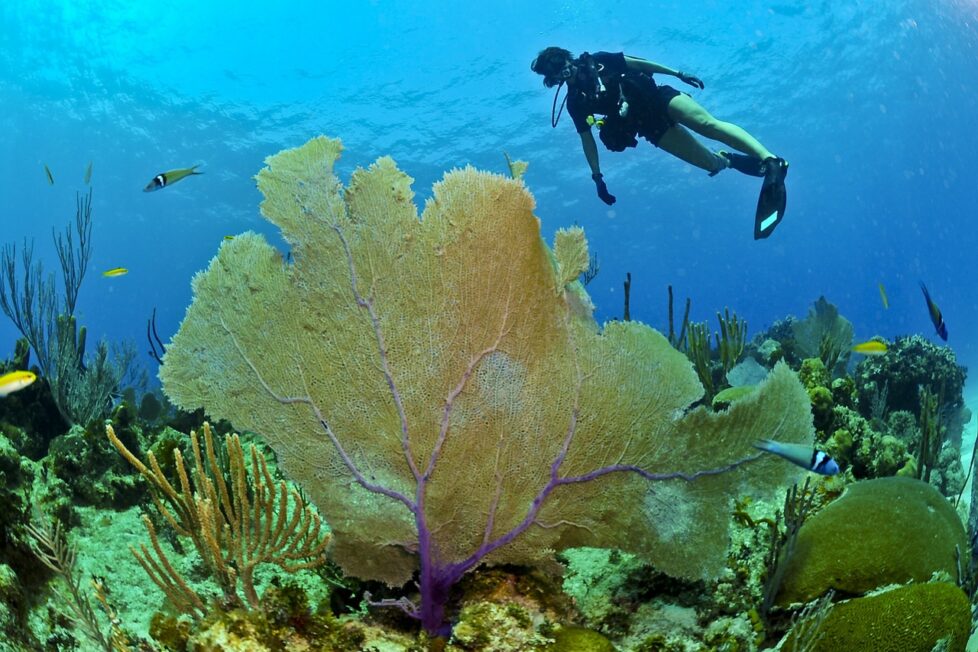

Did you know the gigantic mysterious place on the planet? Yes, it’s a deep sea. I’m calling it a mysterious place because we have been able to explore only 5% of the deep sea. 95% of the deep ocean remains unexplored. But why? And the main reason is pressure underwater. Pressure in the deep water is extreme, and water will start shoving you down.
It will be hard to believe life under the deep sea. The deep-sea is known as one of the chilled and darkest places on the planet. Not even a dicky animal could keep their body and soul together in this gigantic mysterious place on the earth.
To your surprise, there are countless strange and spine-chilling creatures living in the depth of the sea. In this article, I’m introducing a few deep-sea animals to you. Also, pictures of sea animals will be given along with information. So, let’s Dive in!


“Zombie Worms” or Osedax are well explained as bone worms. Are you fascinated by their name? These pink hot colored, 2 to 3 inches long “bone worms” feasts on the bones of deceased cetaceans. Yes, you heard it right.
They don’t have a mouth to eat. They penetrated the bones with their roots and excrete acid to soften all the fat and protein in the bones. A marvelous symbiotic bacterium in the bone worms chymifies the fat and protein.
One astonishing fact of book worms might keep your eyes wide open. Let me break the ice here. Female bones worms are the one who does this bone penetration part because male bone worms are diminutive and staying inside the female bone worms.
According to the study, approximately 111 males can be live inside the body of one female bone worms. And the wonderful thing is that they don’t roam in search of their mate.
The list of animals that live in the sea is going to quite action-packed. So don’t quit here and continue reading.


Sea devil Anglerfish is another craziest deep-sea animal. They have not seen generally because their habitat is in 19000m ocean depth. Surprised, right? I don’t know how even they are surviving there.
Sea Devil Anglerfish’s big, sharp teeth can masticate prey easily within a few seconds. The Option of escaping from Sea devil Anglerfish’s prey hunt is not available.
They have a glowing tip on the spike coming out of their head. It is called the esca. This esca emits light in the dark water and attracts its prey.
An amazing fact about Sea Devil Anglerfish is that female Anglerfish is much longer as compared to male Anglerfish. The Maximum length of female Anglerfish is 8 centimeters (7.08 inches), and the male is approximately 3 centimeters (1.18 inches) long.


Goblin Shark is the next in the list of animals that live in the sea. Goblin Shark doesn’t like sunlight and lives in the depth from 270 m to 1300 m (890 ft to 4300 ft). The pinkish or outright red-colored Goblin Shark looks scary.
In the deep sea, the red color looks black, and it unifies with the vicinity. It helps Goblin Sharks to trick their prey. Sometimes they are trapped and munched by Blue Shark. How hilarious is it?
I’m pretty sure you wanted to ask this question. Are Goblin Sharks dangerous to humans? Let me answer this for you. Almost 12 feet long, Goblin Shark mostly eats fishes, crabs, etc. Above the sea, Goblin Shark cannot survive for long. The deep-sea is their happy home. So they are not dangerous to humans.
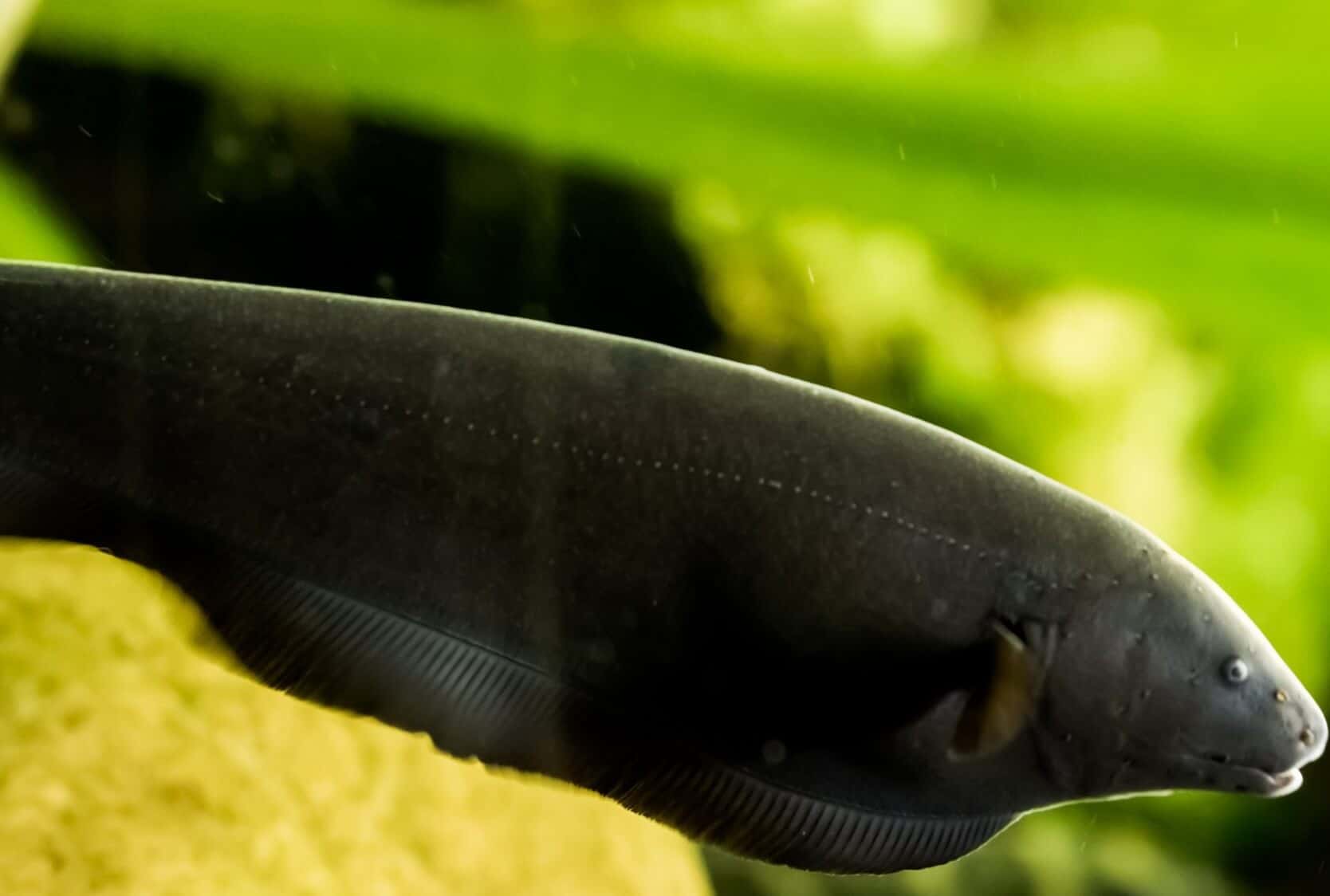

The scariest “Ghost Fish” belongs to the Aphyonidae family. It has been seen live during the National Oceanic and Atmospheric Administration (NOAA) exploration by the ship Okeanos Explorer. Why am I calling it a “Ghostfish?” The crystal-clear reason behind this name is its looks.
Four inches long inches (10 centimeters) long, Ghost Fish has pellucid skin and different type of colorless eyes. And it glows in the dark water. It has been seen at the bottom surface (8,202 feet or 2,500m) of the deep sea.


Deep-sea Dragonfish is also known as scaleless dragonfish or barreled dragonfish. The 16 centimeters long, Deep-sea Dragonfish is an aggressive attacker. Its sharp, translucent teeth help to grab the prey within a blink of a field of vision.
The Dark-skinned Deep-sea Dragonfish came under those deep-sea animal classes who produce their own light via bioluminescence. These feature of Deep-sea Dragonfish helps to survive in the chilled and spookiest part of the sea.


The cranky looking creature has a soft-skinned body, a long tail, and a big mouth. As compare to the Gulper eels body, the size of its head is colossal. It is enormous enough to engulf the gigantic prey. Its long tail helps this cranky looking creature to move underwater.
Gulper eels mostly feed on shrimps and marine mollusks. Some bizarre facts about Gulper eels may fascinate you.
Do you know after coupling with male Gulper eels, it dies soon? And mate may be charmed via the bioluminescence process.
The second fact is it has tiny eyes, and that is not very usual? Most deep-sea animals have a big wide field of vision.
Monstrous Megamouth Shark
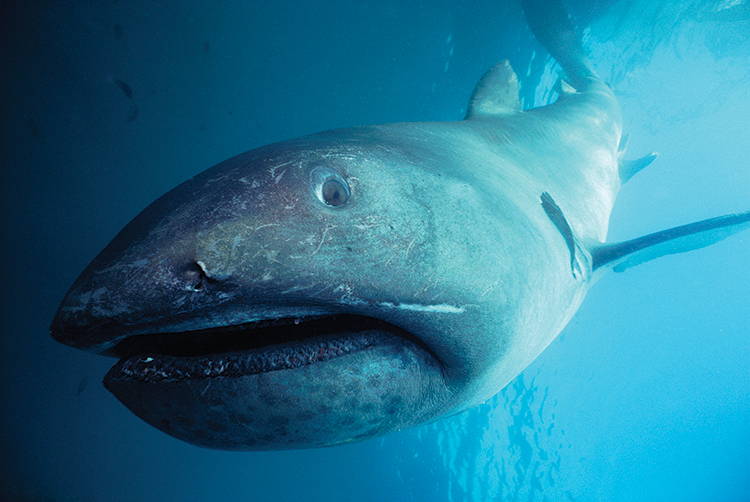

Monstrous Megamouth Shark is one of the hardly ever seen sharks. The first time it has seen in 1976. Megamouth Shark’s name is so obvious. It is 16 m long and from which 4m is its mouth. It is better known for its colossal mouth.
It is one of the species of filter feeders. Megamouth Shark has an enormous oral cavity, and it doesn’t lurk the prey. This fascinating fish uses its buccal cavity to engulf the small invertebrates. To feed itself, Megamouth Shark has to come on shallow levels of the sea at night.
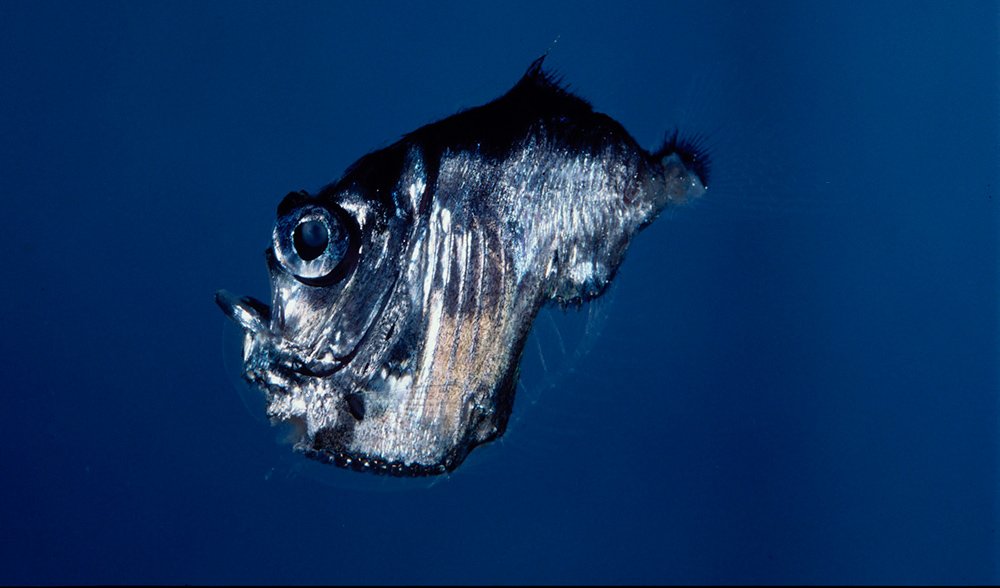

Wanted to unlock the mystery of Deep-sea Hatchet fish? Look into its deadpan eyes, and you will get an idea about the reality of the deep sea. Deep-sea Hatchet fish is a cryptic deep-sea animal. It is approximately 12cm long in size.
And it is a part of the Sternoptychidae family. You can call it by other impressive names like bottle lights, pearlsides. It is called Hatchetfish because of its body shape. It doesn’t survive for more than a year.
Deep-sea Hatchetfish lives at an ocean depth of 600 feet (180 meters) to 4,500 feet. It feasts on crustaceans and tiny fish. Deep-sea Hatchetfish is smart enough to trick its predator. It has fun-sized and light-sensitive eyes. The eyes are helping to grab the food coming from the over the sea surface.
Like other deep-sea animals, Deep-sea Hatchetfish has a photophore to emit its light. Photophore emits light, which perfectly resembles the colors of the light around the Deep-sea Hatchetfish, making it indistinguishable from any predators.
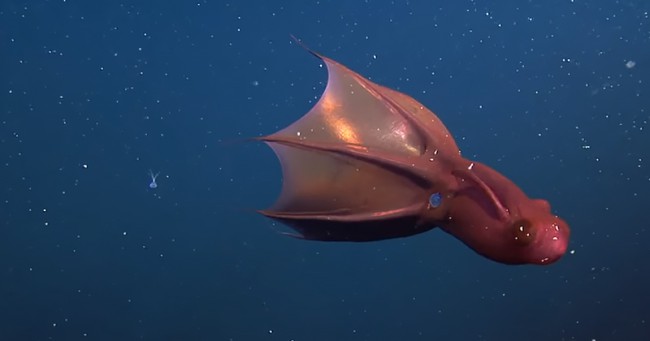

Another mystical creature of the deep sea world is Vampire Squid. Did you know at what depth it lives in the sea? Yes, it is approx. 2,000-3,000 feet. It lives at that level of the ocean where no light can enter.
This petite, six inched long ocean’s most mystical creature has eight arms and two tentacles. Its field of vision is bigger than its body. We have seen the movies where vampires were sucking blood.
Is it the same with Vampire Squid? Is Vampire Squid suck blood? If your answer is yes, then you are completely fallacious. Its skin color is brunette, and its head attaches to the arms, matching a cape. That is why it is called Vampire Squid.
It feeds on prawns, copepods & petite invertebrates.
Like other deep-sea animals, it has a photophore organ that emits its lights. It has far-fetched control to switch itself on and off. When this light-emitting organ is not on, the vampire squid is entirely invisible in the deep sea. One astonishing fact about Vampire Squid is that it swims so fast. It uses its fins to swim fast.
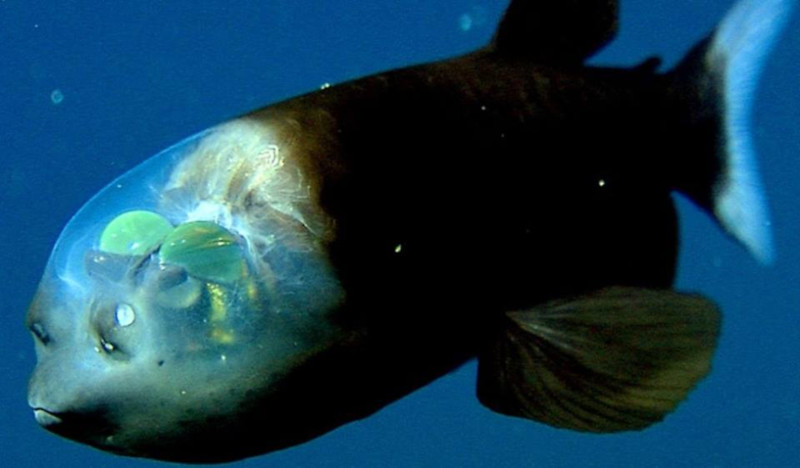

Let me add the tenth rare appearance animal “Barreleye Fish” to the list of animals that live in the sea. In 1939, Barreleye Fish has been seen for the first time. It was about 10 -15 cm long.
It has a transparent head in which two eyes are fixed. The hilarious thing is that it can see only upward and forward. Also, it flaunts its immobile feature to grab some tasty prey.
Thanks to its large and flat fins that letting Barreleye Fish stay immobile in the water. This dark brown creature has a petite mouth with no teeth. It can feed on only small sea animals.
To unlock the mystery of deepwater needs a great effort. Many steps have been taken already. Till then, read about the cranky but amazing creature that God has gifted to this planet.
